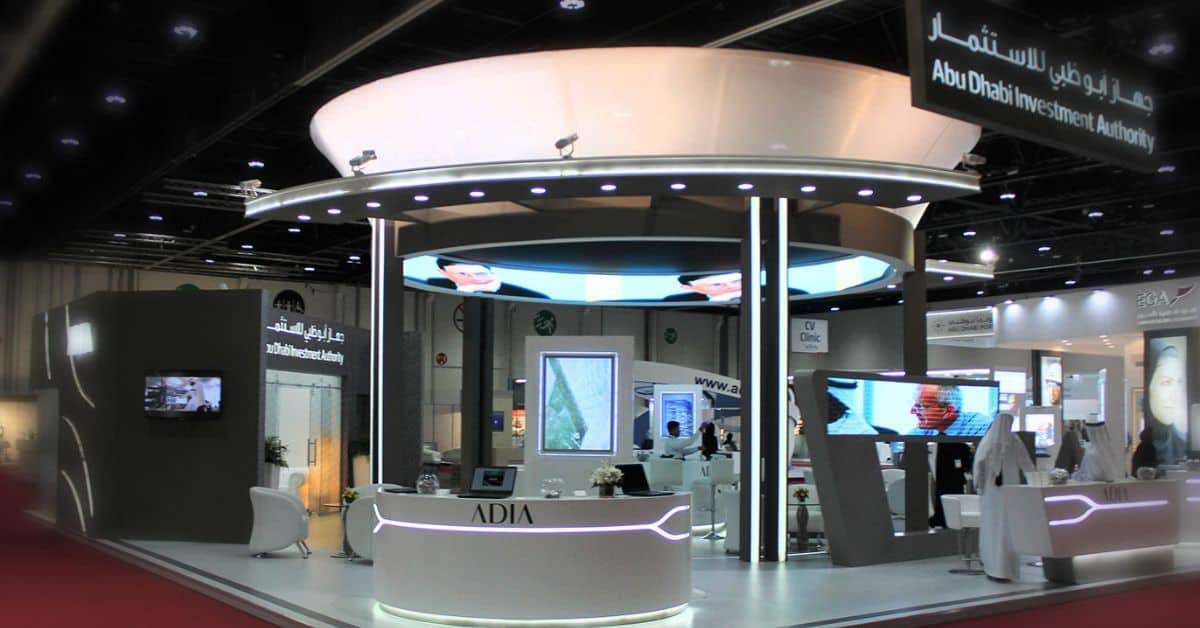DUBAI, UAE — The Middle Eastern sovereign wealth funds (SWFs) are readier than ever to shine as they pursue “cheap” assets in Europe and the United States, Global SWF has highlighted in its 2023 annual report.
The SWFs, according to the report, have more than doubled their investments in Western economies, including the US and Europe, to $51.6 billion in 2022 from $21.8 billion in 2021.
Five of the top 10 most active sovereign investors in 2022 were from the Gulf region.
“In 2023 and beyond, Middle Eastern sovereign investors will likely continue to be very active in Europe and North America, where there will be plenty of opportunities to buy listed equities or direct stakes, to pursue co-investments or buy into private equity firms, and to find distressed portfolios and special situations,” the data platform said, which tracks over 400 SWFs and public pension funds.
“The desire to secure significant return on investment amid market volatility is going to push Middle Eastern funds to look for smart bets globally,” Dr Robert C. Mogielnicki, Senior Resident Scholar at the Arab Gulf States Institute, told TRENDS.
“Sluggish growth and the prospects of recessions in European markets mean that SWF officials will have to think carefully about where they allocate investment capital,” he added.
The position and momentum of Middle Eastern SWFs, especially in the Gulf region, are much better due to an average oil price of $99 per barrel and the peg of their currencies to the dollar.
For those GCC economies with lower fiscal expenditure, this translates into large surpluses, which were transferred to some SWFs at year-end.
Therefore, the large savings funds that are more liquid and internationally focused, including Abu Dhabi Investment Authority (ADIA), Kuwait Investment Authority and Qatar Investment Authority (QIA), are set to receive significant capital inflows.
White Knight
In 2022, QIA spent $3.2 billion in Europe, including buying 10 percent of Germany’s largest power producer RWE, and $1.7 billion in the US, which includes a stake in tech company AIT, the report said.
Qatar has the lowest fiscal breakeven point in the Gulf, with Fitch Ratings estimating the SWF to receive an additional $60 billion in capital relative to the fiscal years 2022 and 2023.
“QIA could arise once again as a white knight for distressed assets in the West, just like it did during the financial crisis. In Europe, it could benefit from a cheap Euro given the QAR/USD peg,” the report added.
At the same time, the strategic funds that have large portfolios of domestic assets, such as Mubadala and ADQ in Abu Dhabi, Investment Corporation of Dubai or Bahrain Mumtalakat Holding Company, do not expect any major capital injection, but will not endure such significant losses either, because of the more limited exposure to traditional bonds and stocks.
The report stated that regional investors will emerge even stronger from the current economic scenario.
Of the last year’s 60 mega-deals, tickets deployed by sovereign investors of $1 billion or more, 26 were carried out by Middle Eastern SWFs, and 17 were in American or European assets.
The largest commitment was made by ADIA when it invested $4 billion in Ardian’s fund ASF IX and $2 billion for joint co-investments. This a reversed situation than in 2014, when the secondary investor bought stakes worth $2 billion from the SWF.
Both firms share some investments, including Italian healthcare software provider Dedalus, and ADIA is reportedly considering buying a stake in Ardian’s management company.
Seeking diversification
When asked if the Middle Eastern SWFs will be more active in Asia and Africa in 2023, Mogielnicki said there is definitely good news and bad news in Asia.
“Regional growth forecasts are higher than global figures, so investors will be looking at where they can best capitalize on that differential in economic trajectories.
“China’s economy remains highly uncertain and risky, while a number of African economies will face subdued growth in 2023, but there remain plenty of investment opportunities.”
Overall, he stated that Middle Eastern SWFs will want to ensure a solid diversification of their portfolios.
Although there will be plenty of interest in the next big tech thing, Mogielnicki said, adding that many Middle Eastern SWFs will yield pressure to pump more of their resources back into their domestic economies.
Sustaining local investments
The report stated that the trend of rising domestic investments will likely be sustained due to the emergence of new strategic funds with the mission to attract capital and the increased activity of some of the existing funds.
Citing Saudi Arabia’s Public Investment Fund (PIF), the report said its assets under management reached $620 billion as of March 31, 2022. “The Saudi fund is sponsoring significantly large initiatives that have not yet been capitalized into its balance sheet. So, while the current portfolio is 29% international and the leadership is targeting to increase this percentage over time, the domestic giga-projects ($500 billion NEOM) may offset that target if they are to remain under PIF,” it concluded.

